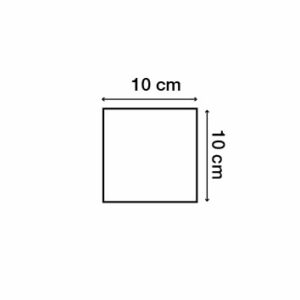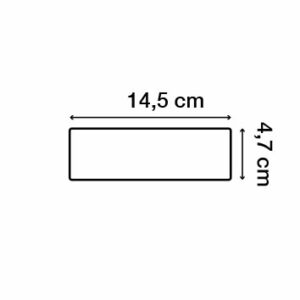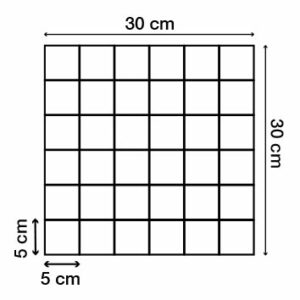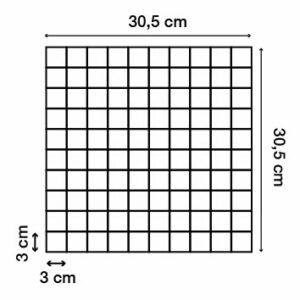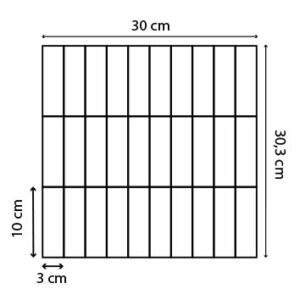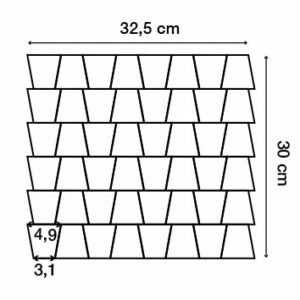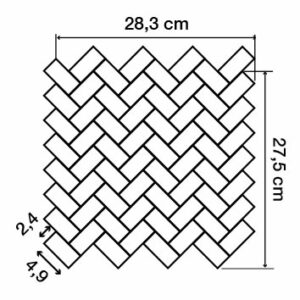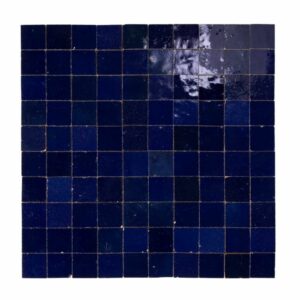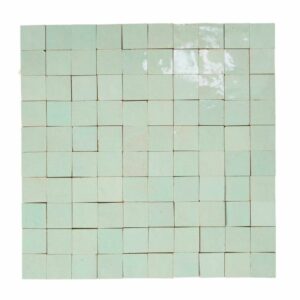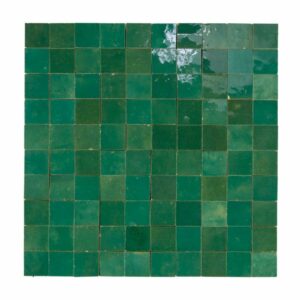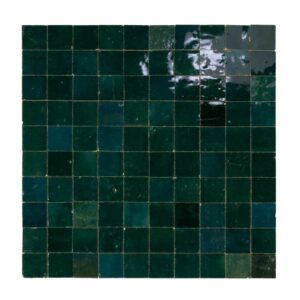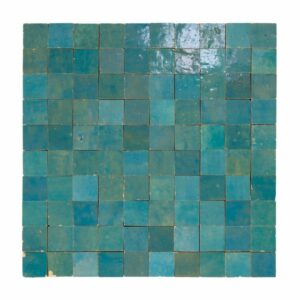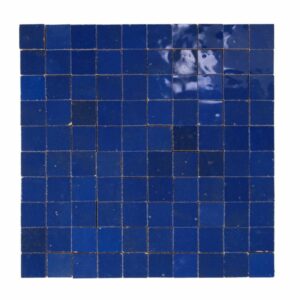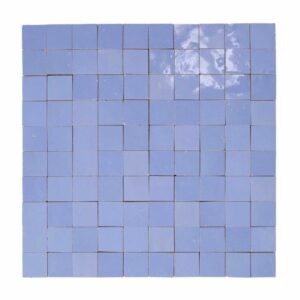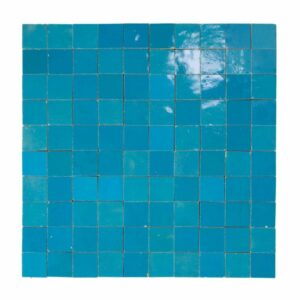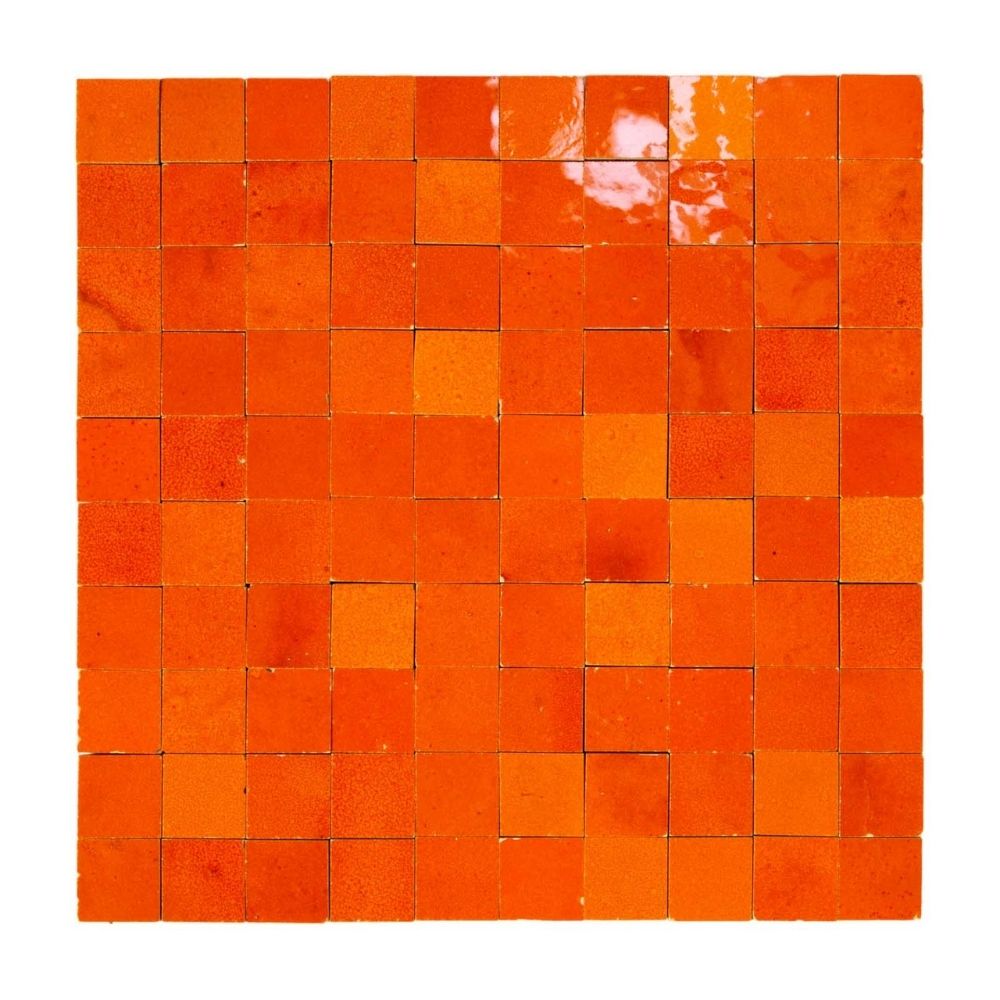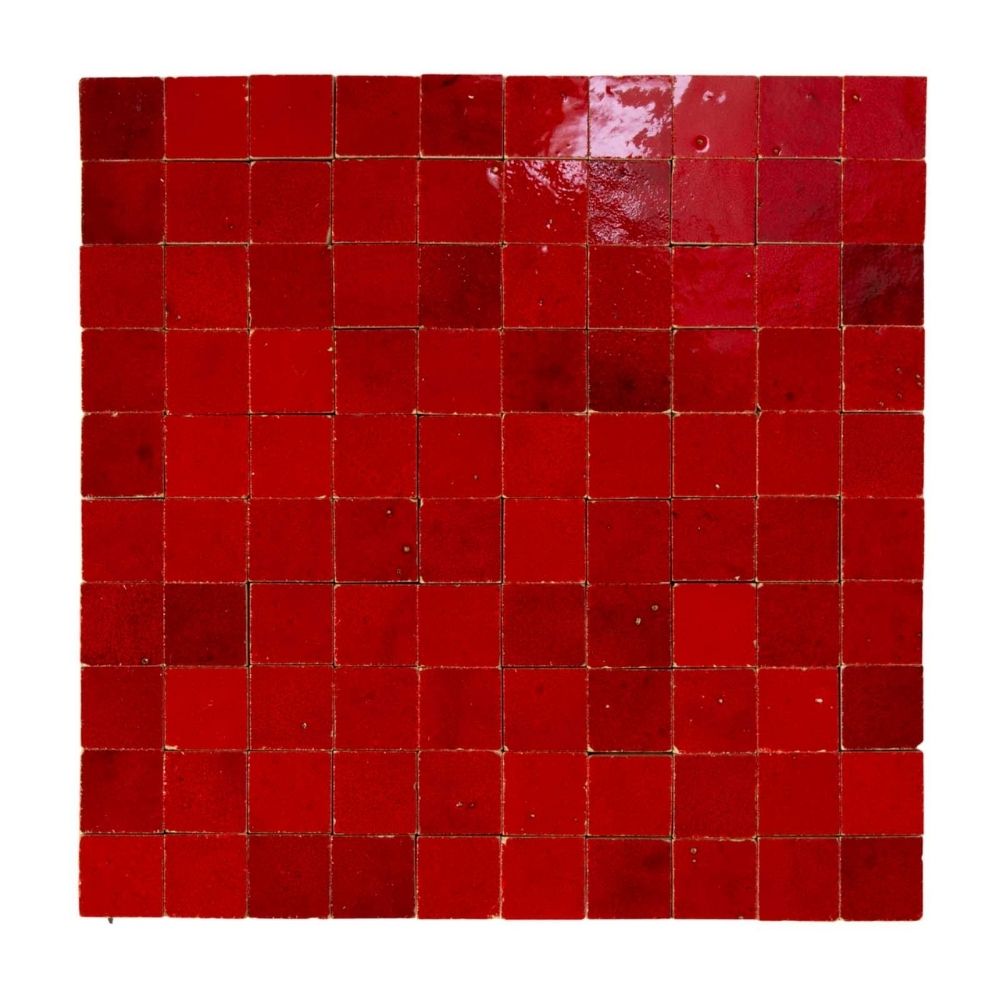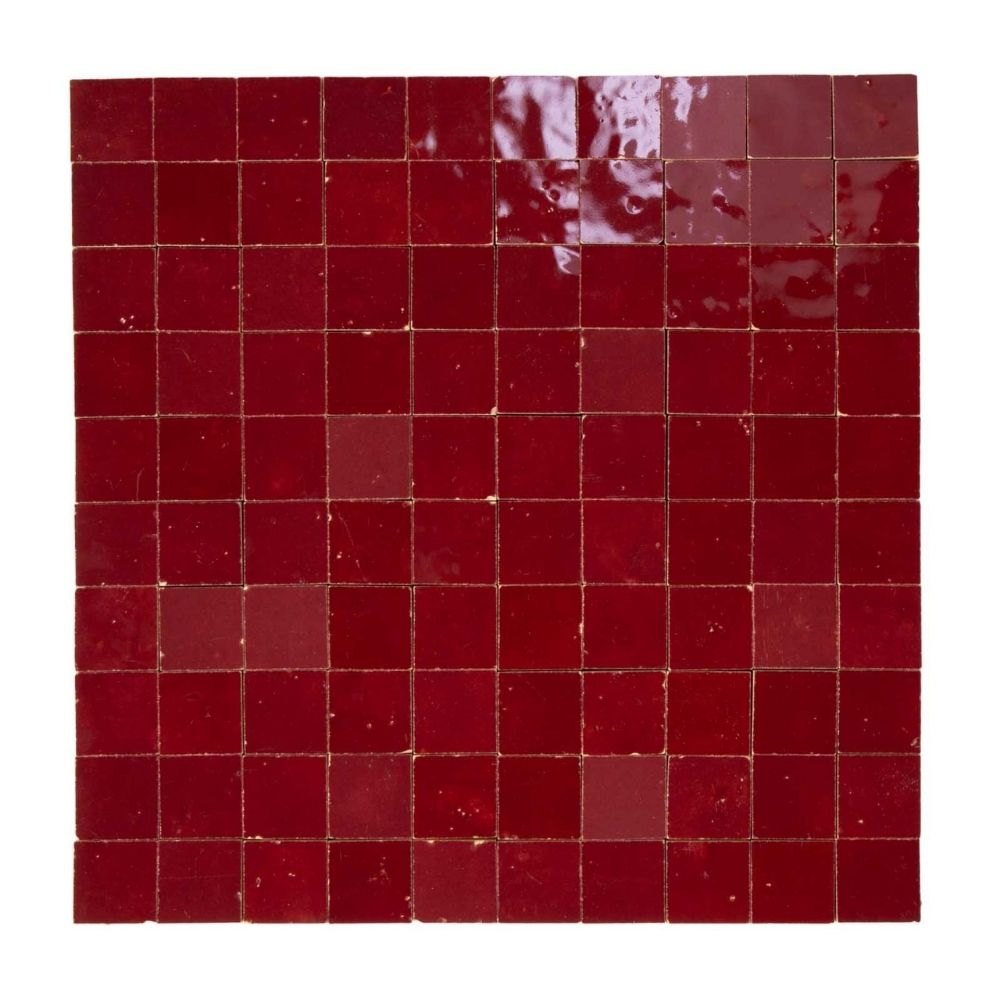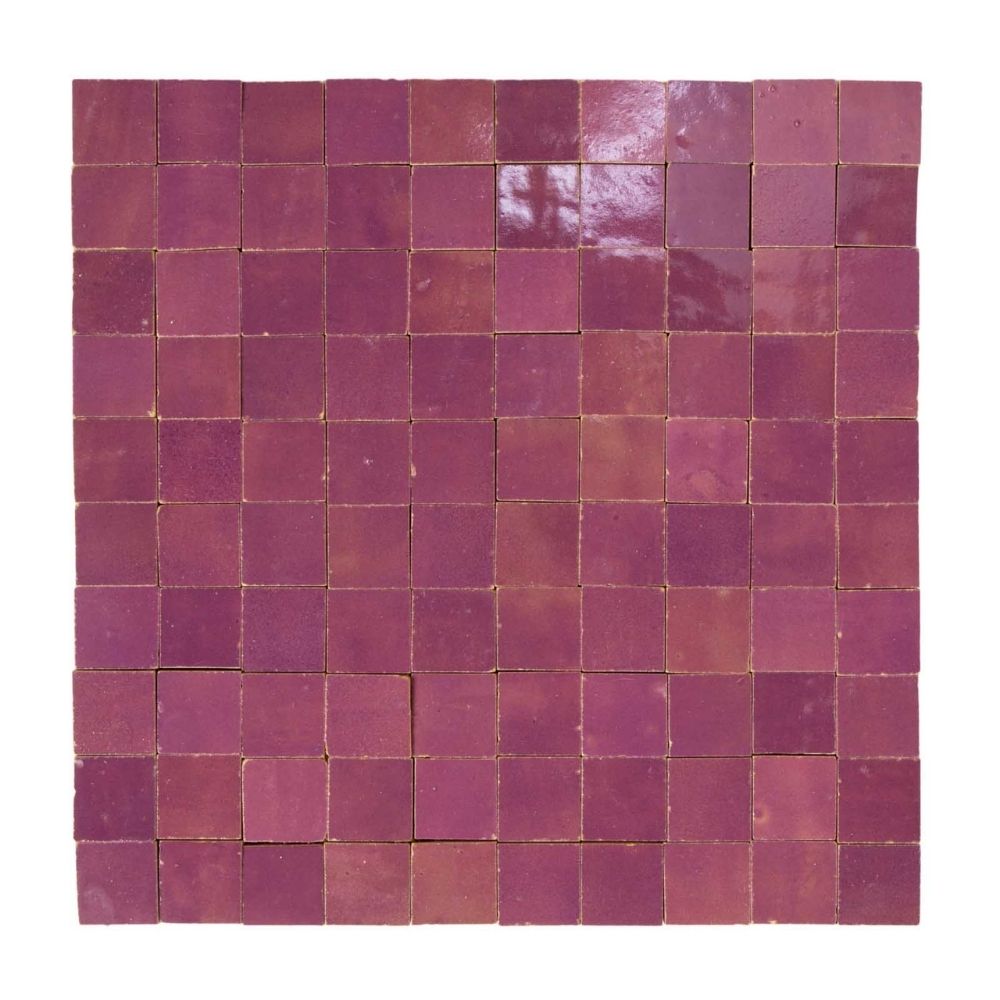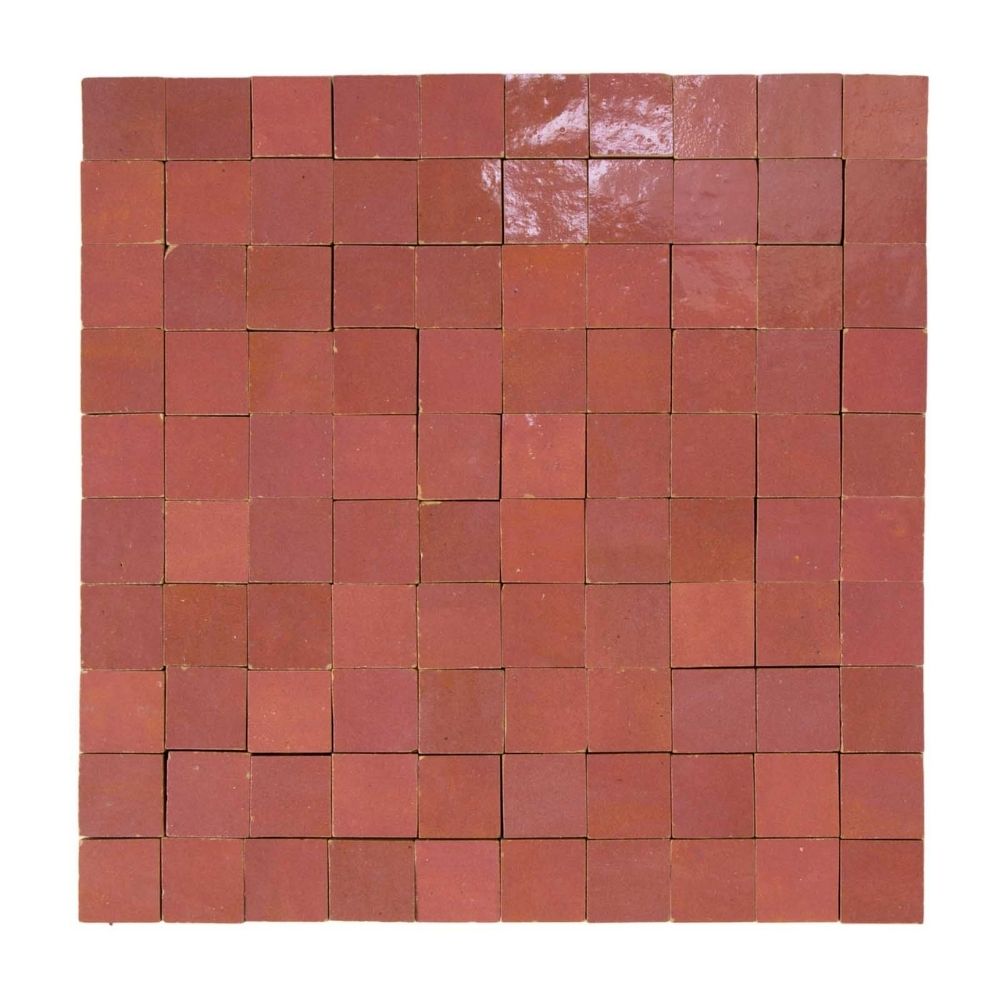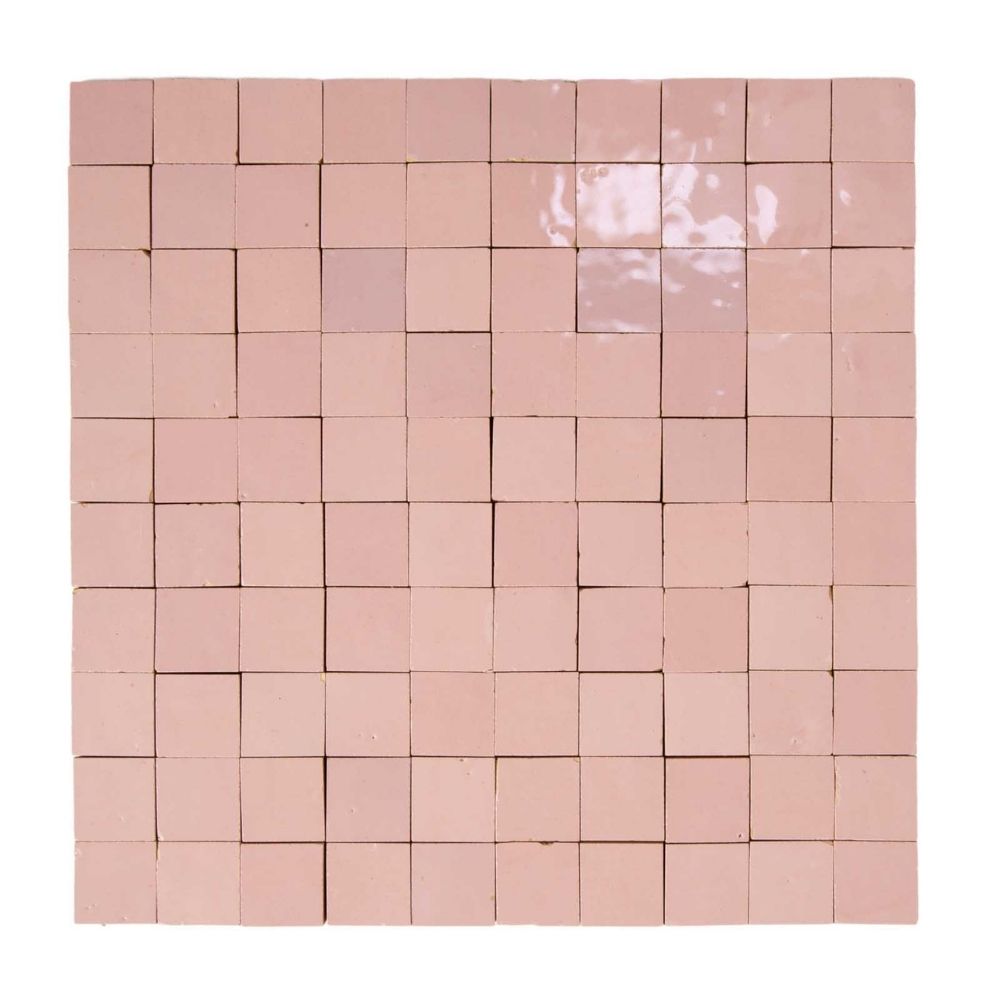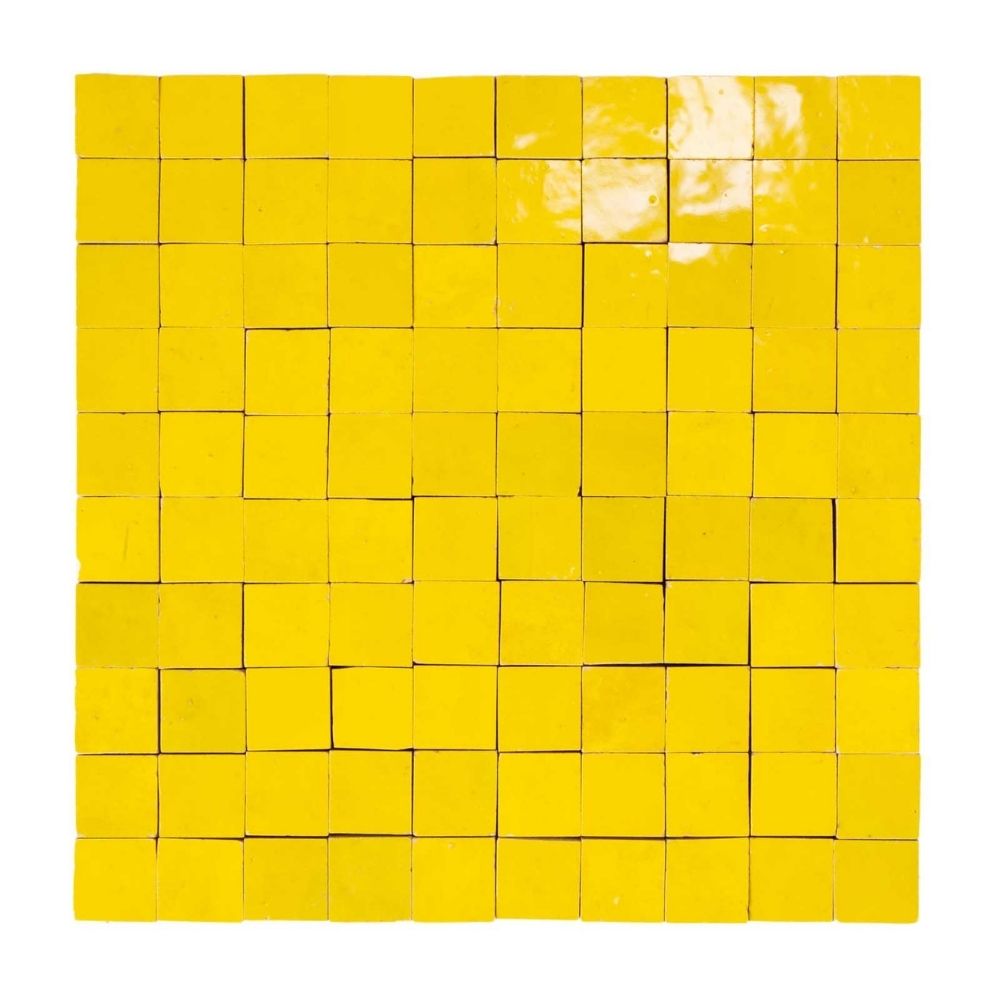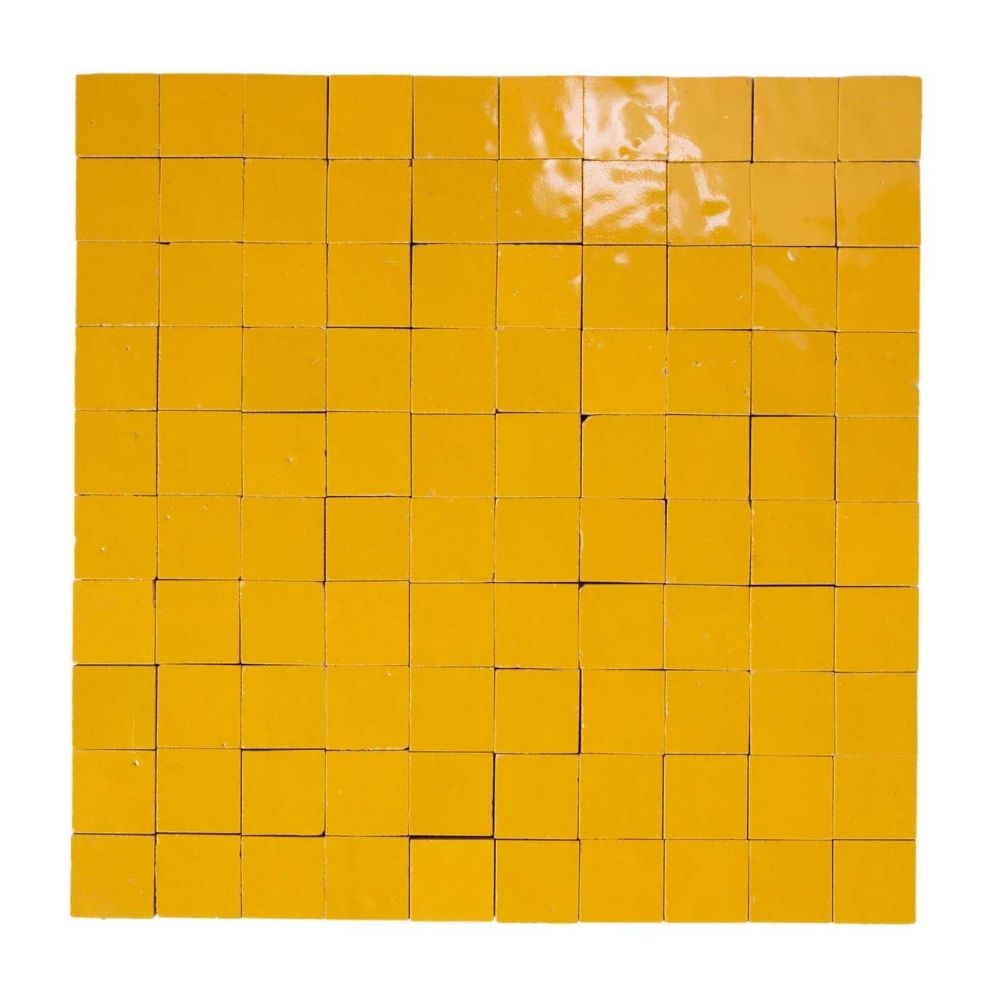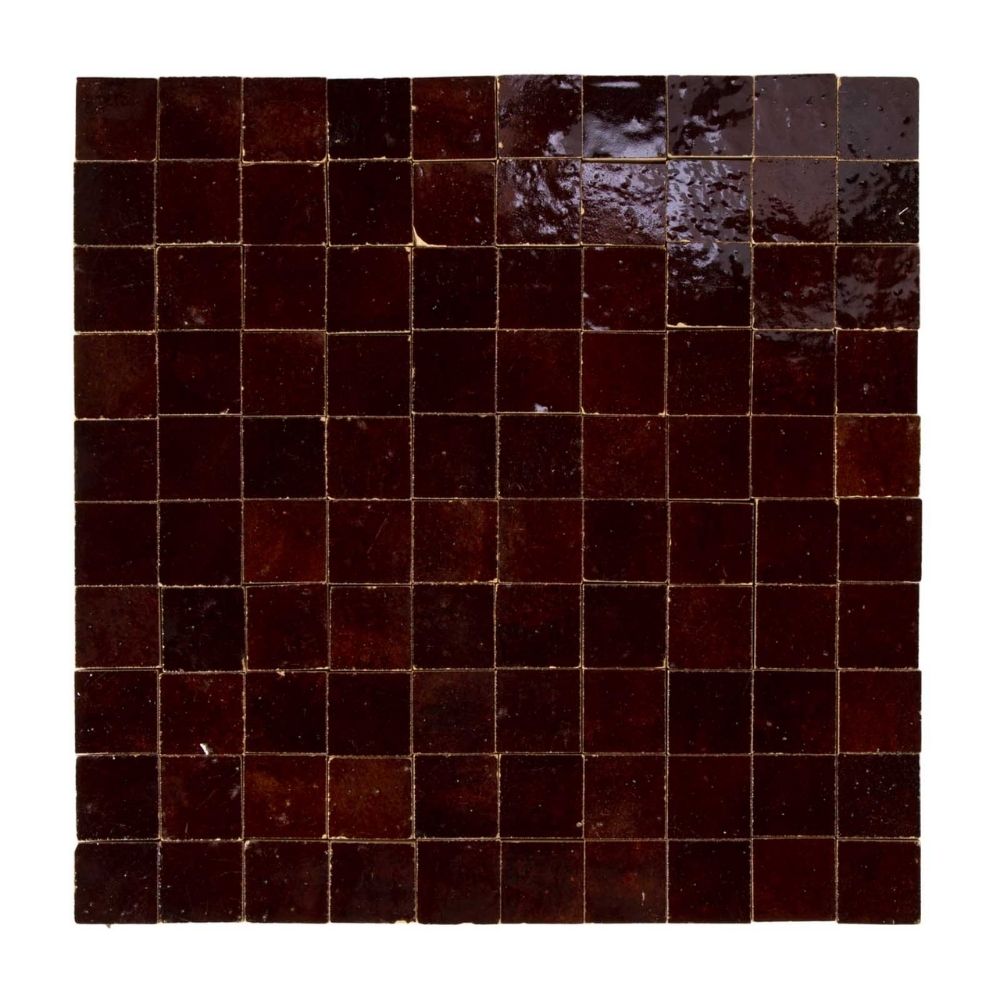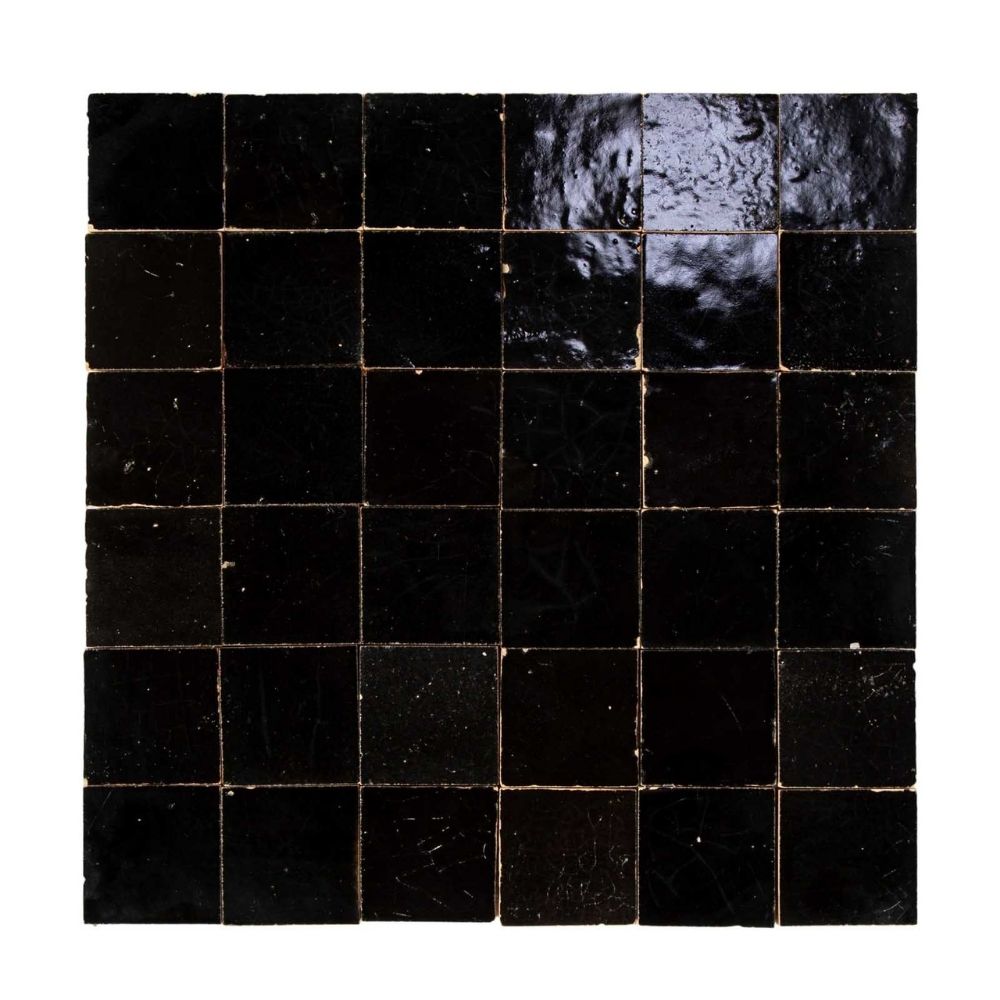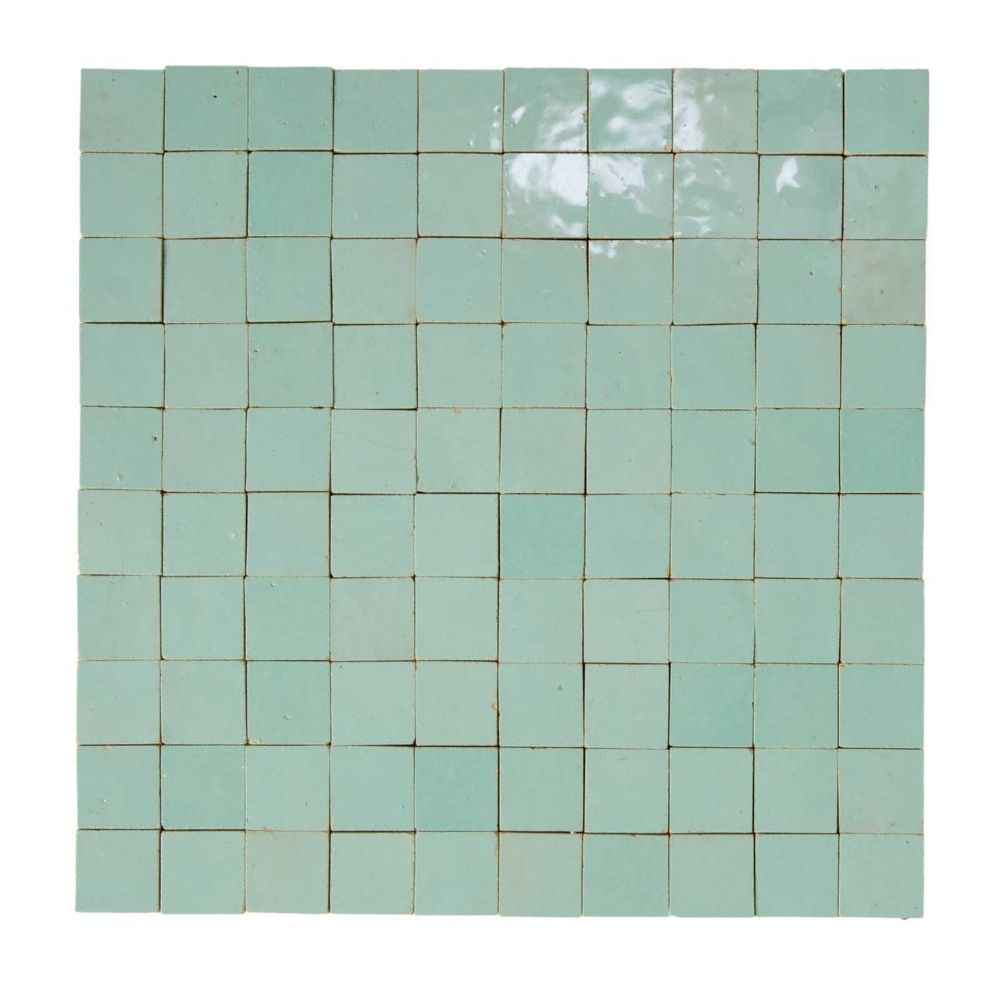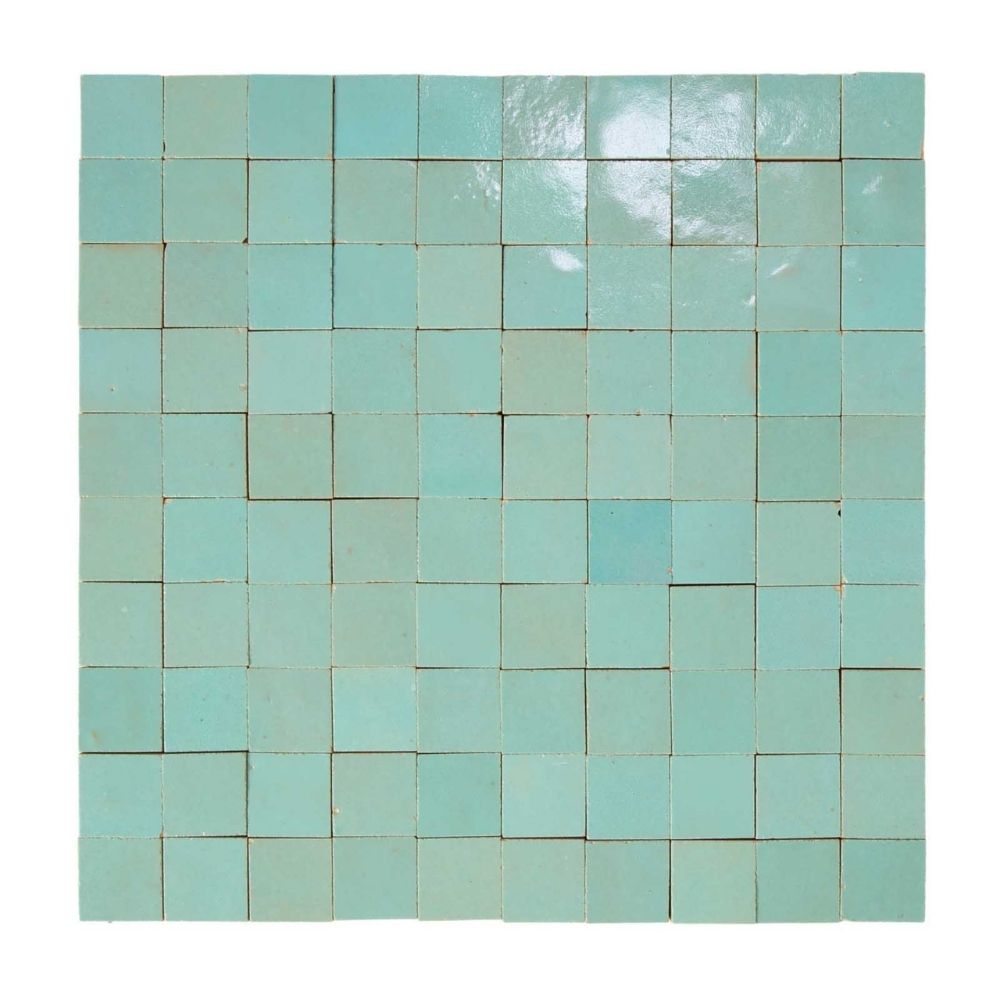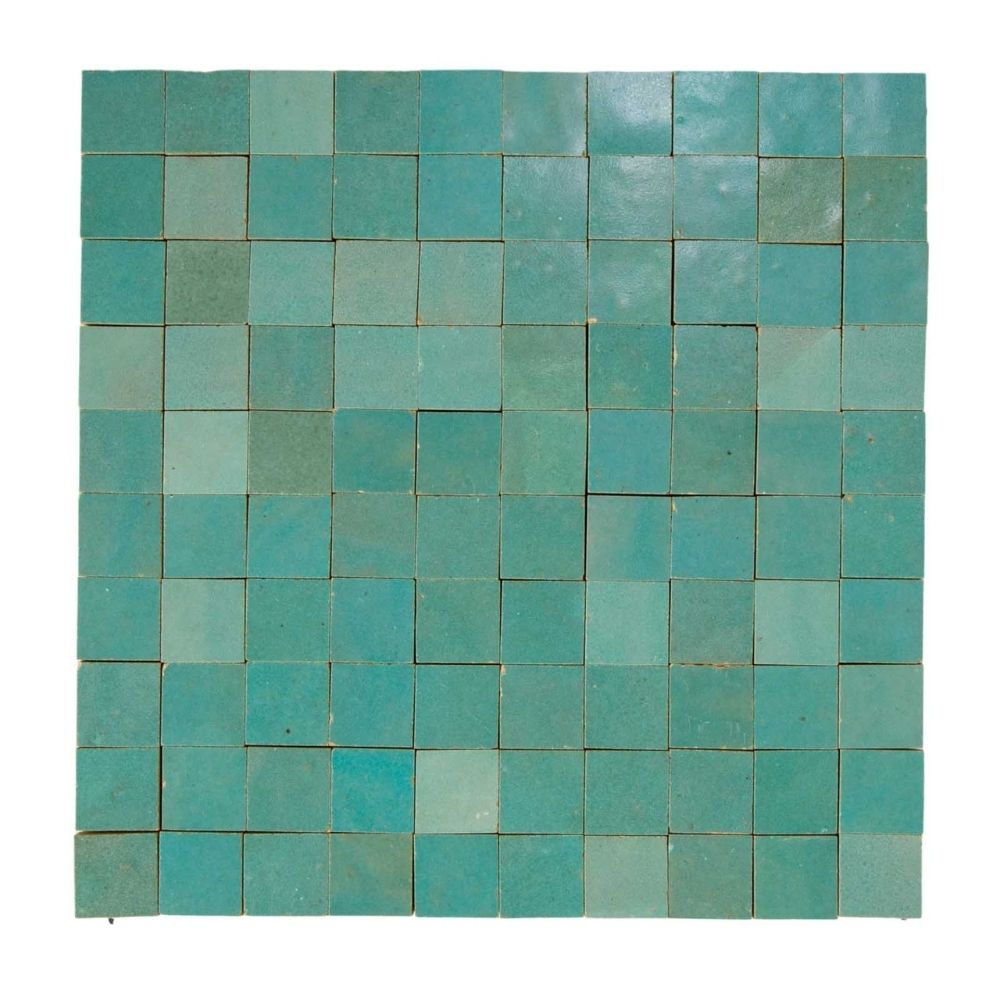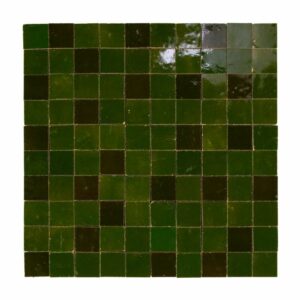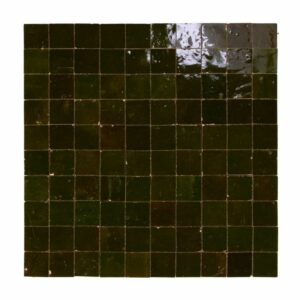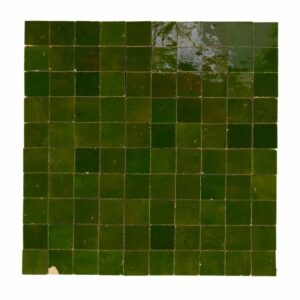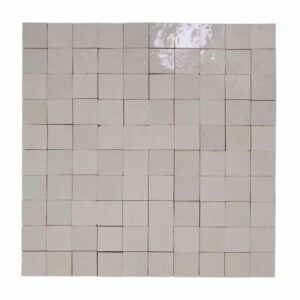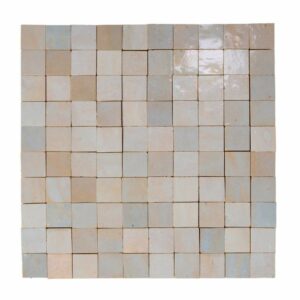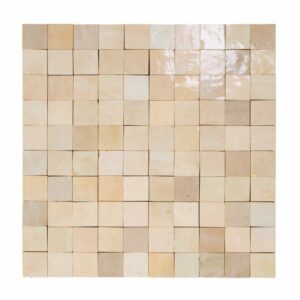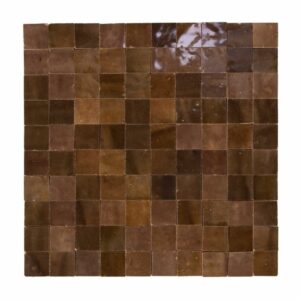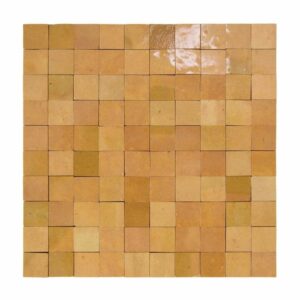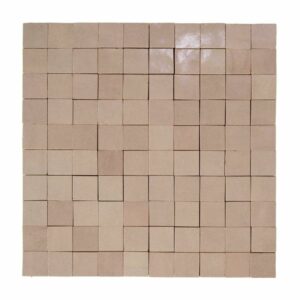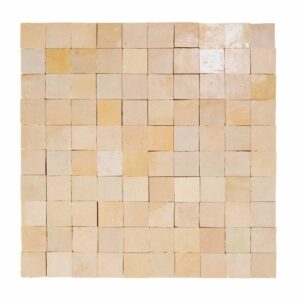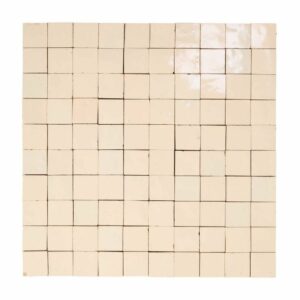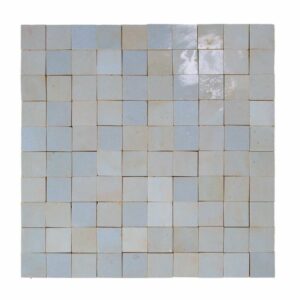
Passionate
about
elegance

Large
stoneware
bowl

Stylish
white
vase
Our selections
Our formats
Our colors
Introduction of zellij technique in Morocco, influenced by Andalusian mosaics from Córdoba and Granada.
Early use was very simple, with limited geometric forms and earthy colors.
Expansion of architectural projects in Marrakesh, Tlemcen, and Fez.
Zellij begins to be used in mosques and palaces, mostly in monochrome (white, brown, black, green).
Patterns remain relatively basic compared to later refinement.
Golden age of Zellij Fassi.
Fez becomes the main production center thanks to its fine clay and artisan guilds.
Introduction of complex star patterns (8, 10, 12-pointed stars) and arabesques.
Famous monuments in Fez:
Al-Attarine Madrasa (1323–25)
Bou Inania Madrasa (1351–56)
Expansion of the color palette: green, white, brown → later blue, yellow, and eventually red.
Zellij spreads beyond Fez to Marrakesh.
The Saadian Tombs in Marrakesh (16th century) show some of the finest examples.
Colors become more vibrant and varied.
Zellij integrated into palatial and funerary architecture.
Continued patronage of zellij artisans.
Used in palaces, mosques, and madrasas across Morocco (Fez, Meknes, Marrakesh).
Meknes, under Sultan Moulay Ismail, saw grand zellij decoration projects.
Zellij Fassi remains a living tradition, passed down through maâlem (master artisans).
Still centered in Fez, but artisans work in other Moroccan cities too.
Introduction into private homes, riads, fountains, hammams.
Fez workshops continue to use the same ancestral techniques (hand-cut, hand-assembled tesserae).
Zellij Fassi gains international recognition as a symbol of Moroccan craftsmanship.
Used both in traditional heritage restoration and modern architecture worldwide.
Recognized by UNESCO as part of Morocco’s intangible cultural heritage.

